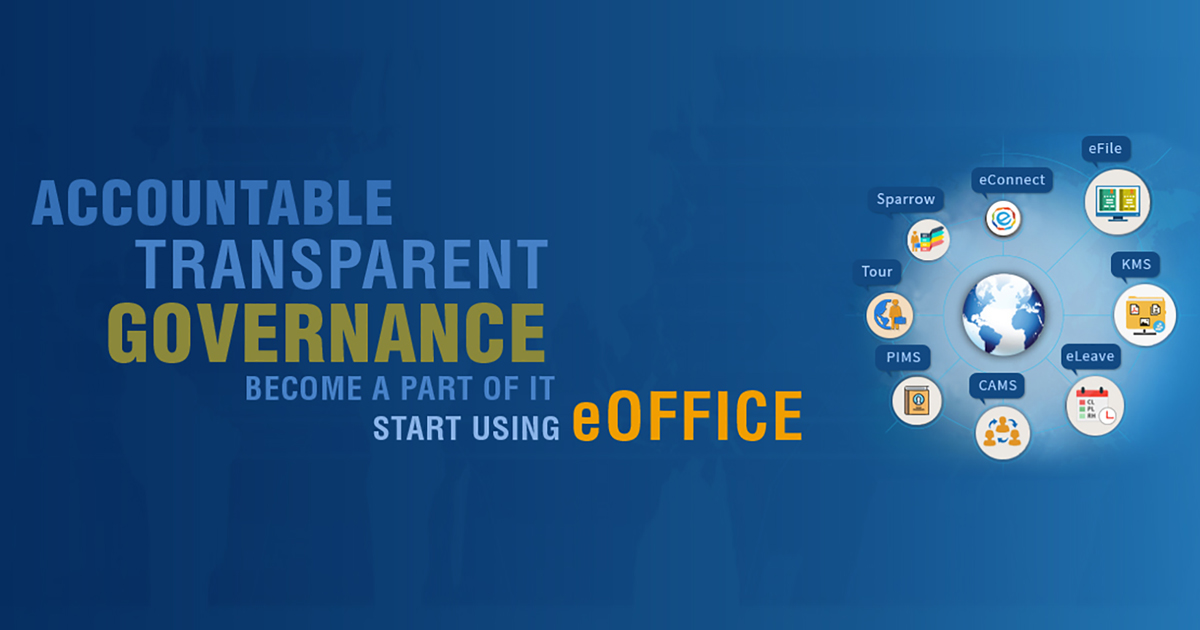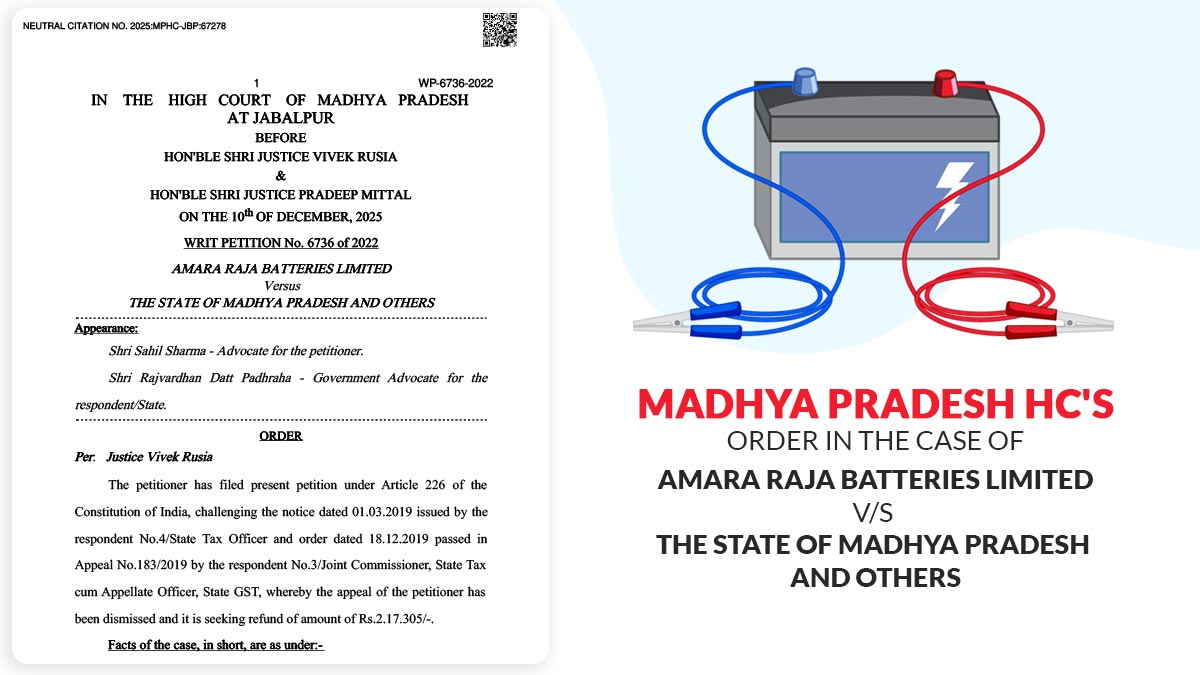
CBIC on Monday, June 15, 2020, launched ‘e-Office’ in more than five hundred GST and customs offices. e-Office is an application that is introduced with an aim to improve governance, which can be achieved by automating the internal procedure of handling files.
The Application will impose changes in the internal office procedures which are till now was the manual procedure of handling files and papers and their progress.
On the launch of this application, and official statement stated that “The CBIC expects e-Office would complement its many other (information technology) IT-led reforms that are directly aimed at enhancing the ease of doing business for the trade and industry,”.
The official also informed that the ‘e-Office application’ is developed by the National Informatics Centre (NIC) and it will take care of online file-related work, operating a file, starting from receiving and marking dak, preparing a draft letter, and approval, signature, and dispatch of the signed letter. The software was launched by M Ajit Kumar, Chairman, Central Board of Indirect Taxes (CBIC) for more than 500 central GST and Customs offices pan-India.
The statement also added that “Over 50,000 officers and staff will use this application, making CBIC one of the largest government departments to automate its internal office procedures,”.
With the launch of e-office, CBIC took one more step toward providing a faceless, contactless, and paperless indirect tax administration 
CBIC through the statement said that The e-office Application will bring speedier decision making, accountability, transparency, and a positive impact on the environment by reducing the use of paper and printing. It will also help to avoid contact with physical files, which is a key prevention measurement to contain the spread of the coronavirus.
The statement also stated that “It would ensure enhanced security as no file or document can be altered or destroyed or backdated. An in-built monitoring mechanism would identify where the files are held up enabling quick disposal and faster decision making”.









